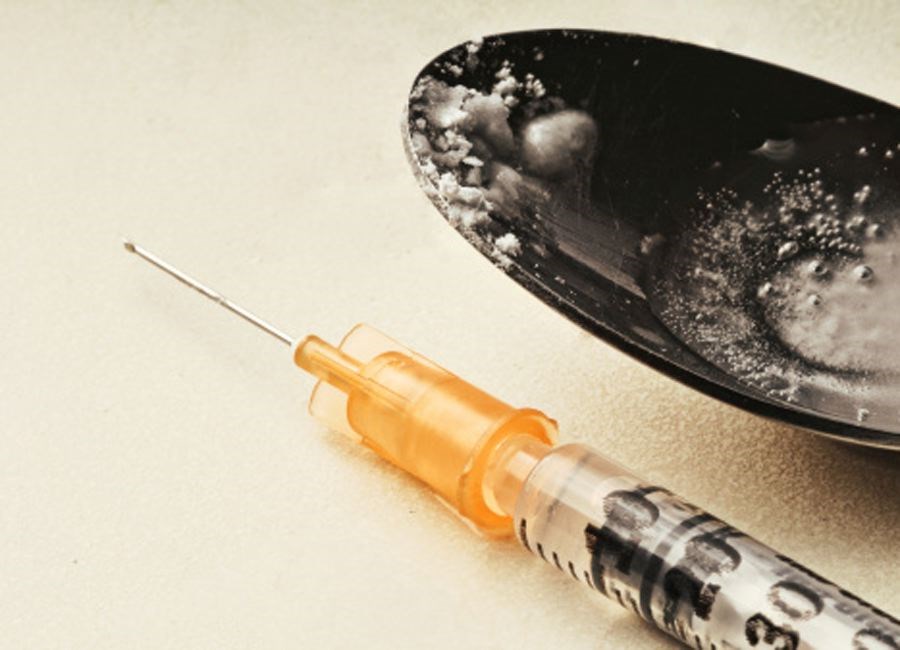Cocaine is no longer the overwhelming injectable drug of choice among users in Prince George, according to a new study.
One third of respondents to the 2012 I-Track study released Thursday said cocaine was the drug they most commonly injected in the last six months, down significantly from 71 per cent of those surveyed four years prior. In its place, heroin had jumped from three per cent in 2008 to 24 per cent in 2012.
Survey author and Northern Medical Program associate professor Russ Callaghan said the results aren't necessarily indicative of a larger appatiite for heroin versus cocaine, rather it's what's available in the illicit market currently.
"I don't think it has to do so much with people who are injection drug users deciding, oh well, we're going to choose opioids opposed to cocaine," he said. "The drug markets don't work that way."
The switch from cocaine to heroin could help explain why the rate of HIV among injection drug users didn't jump over the same time period. Callaghan said while heroin is dangerous and has a severe risk of overdosing, those using it often do so in a more consistent manner than people who inject cocaine.
"We know that injection cocaine use is a very strong predictor for acquisition of HIV," Callaghan said. "The reason for that is people tend to inject consecutively - they go on cocaine runs or cocaine binges for one, two, three days - and during that time they often (engage in) risky sexual behaviour and risky injection behaviour."
Because heroin users are consistent when they inject, they could chose less risky behaviour like using sterile needles.
While cocaine dropped and heroin spiked, the use of most other drugs remained stable according to the survey. Morphine, both prescribed and non-prescribed, was third on the list at 18 per cent; crack, methamphetamines and dilaudid tied for fourth at seven per cent each.



